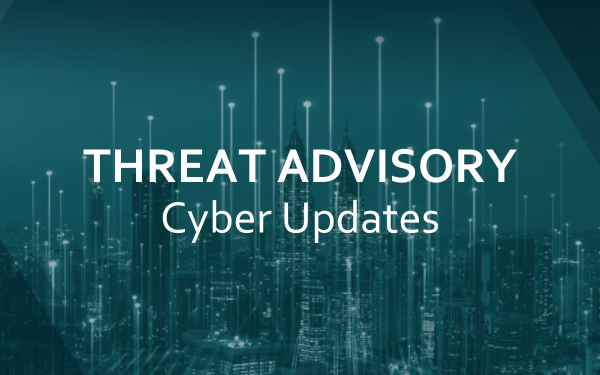The Black Basta ransomware has targeted over 500 organizations across North America, Europe, and Australia since April 2022, notably affecting critical infrastructure sectors. This ransomware-as-a-service operation employs a double-extortion tactic, encrypting and exfiltrating data without initially demanding ransom. Instead, victims receive a unique code and instructions to contact the attackers via a secure link. Black Basta uses sophisticated methods such as spear phishing, exploiting known vulnerabilities, and advanced lateral movement tools like Cobalt Strike and PsExec. With ties to the notorious FIN7 group, Black Basta represents a significant and evolving threat, especially to healthcare organizations that are prime targets due to their dependency on technology and the critical nature of their data.
Black Basta Ransomware Technical Overview
Initial Access:
- Black Basta affiliates primarily gain access through spearphishing and exploiting vulnerabilities such as the recently disclosed ConnectWise vulnerability (CVE-2024-1709).
Lateral Movement and Privilege Escalation:
- Tools such as BITSAdmin, PsExec, and Remote Desktop Protocol are used for lateral movements.
- Notable exploits for privilege escalation include Zerologon and PrintNightmare.
Defense Evasion:
- Affiliates often use masquerading techniques and tools like Backstab to impair defensive measures like EDR systems.
Impact:
- Data is encrypted using the ChaCha20 algorithm paired with RSA-4096 keys, and system recovery is hindered by deleting volume shadow copies.
What Our Threat Intelligence Team is Seeing
Microsoft Defender Antivirus
Black Basta threat components are detected as:
- Behavior:Win32/Basta
- Ransom:Win32/Basta
- Trojan:Win32/Basta
Microsoft Defender for Endpoint
- ‘BlackBasta’ ransomware was prevented
- ‘BlackBasta’ ransomware was detected
- Ransomware-linked emerging threat activity group detected
- Ransomware-linked emerging threat activity group Storm-0506 (DEV-0506) detected
Microsoft Defender is actively identifying activities linked to the Black Basta ransomware group. The system generates alerts for initial access vectors, providing early warnings of potential ransomware incursions. Additionally, Microsoft Defender tracks the lateral movement strategies employed by Black Basta, offering insights into how these attackers navigate and escalate privileges within compromised networks.
What We Suggest To Stop Black Basta Ransomware
- Patch and Update Systems: Promptly install all available updates for operating systems, software, and firmware, prioritizing those addressing known exploited vulnerabilities.
- Enhance Phishing Defenses: Implement phishing-resistant multi-factor authentication (MFA) across all possible systems and educate users on recognizing and reporting phishing attempts.
- Secure Remote Access: Apply robust security measures to any remote access software to prevent unauthorized access.
- Data Backup: Regularly back up critical system data and configurations to facilitate recovery in the event of data encryption.
- For a comprehensive understanding of the Black Basta ransomware threat and detailed mitigation strategies, please refer to the initial joint Cybersecurity Advisory published by CISA, FBI, HHS, and MS-ISAC. Access the full advisory here: Joint CSA on Black Basta Ransomware.
DIFEND WITH CONFIDENCE


